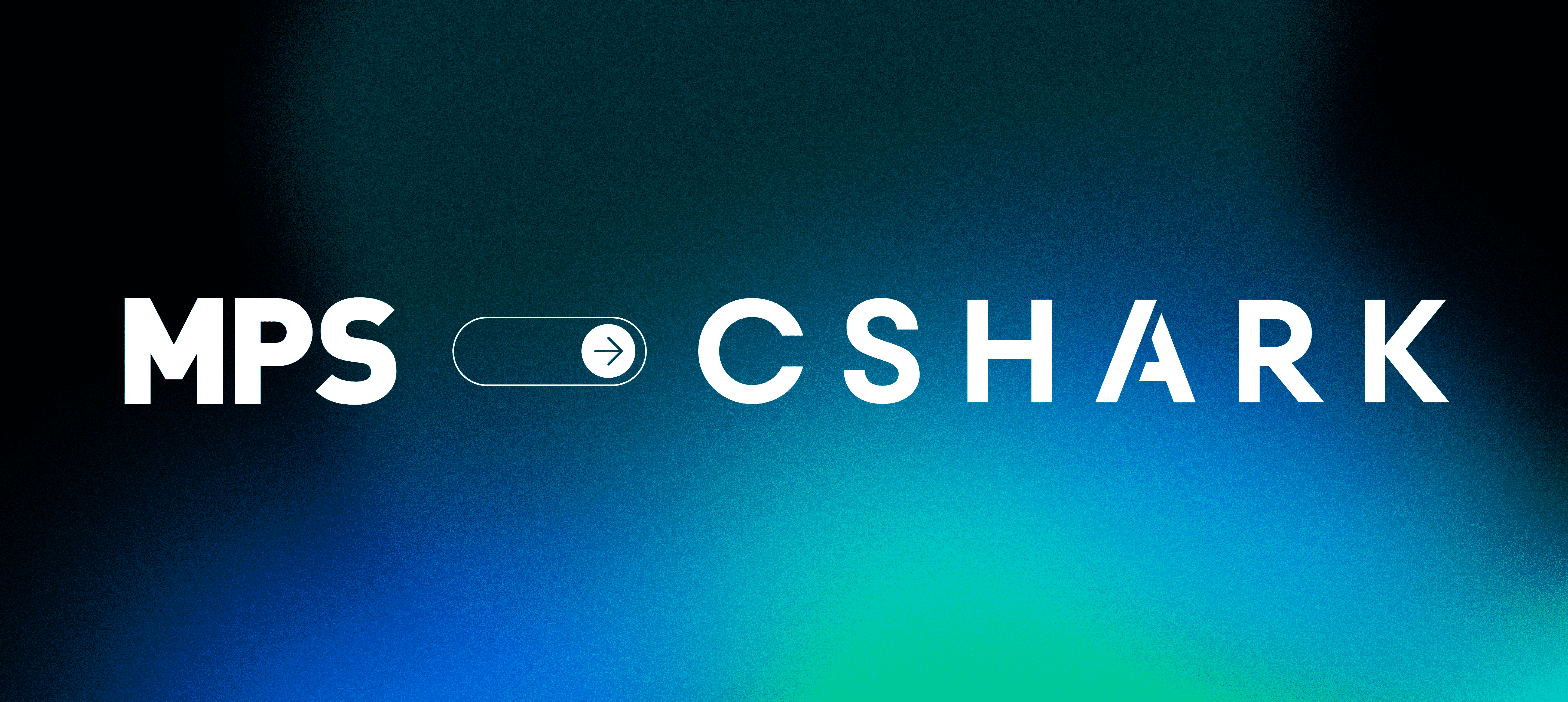December 19th, 2018 | by Jarosław Ściślak
Assistive Technology for Disabled

Table of contents
New technology fills every aspect of our lives. I know, you’re snoring already. Relax, there are interesting observations from where it came from. Replace ‘our lives’ with ‘their lives’ – people with disabilities, socially excluded. These people can’t see, hear, they have movement coordination problems. I’m healthy, therefore I can’t imagine what they go through, not by a long shot. There’s a market for apps and tech that help the disabled, it’s all called ‘assistive technology’. In some cases, it can serve the entire population as well. Suddenly not that sleepy, aren’t you? Why are the disabled put in a ‘special’ category, why can’t they use technology and by extension enjoy life like healthy people?
Scientists are wringing their hands – sci-fi doesn’t ask important questions anymore. ‘We don’t have necessary inspiration for our inventions, research at the very least. We don’t acquire a level of commitment from the sci-fi community to bring us something fresh, to move borders.’ These kind of opinions can be heard from many representatives of the scientific community. It’s very easy to see, that the role of writers and filmmakers have been taken by software product developers, engineers and business leaders. Here’s the short walkthrough of what is currently on the market and what can come next.
Assistive technology solutions
With the question of what SHOULD come next, because sci-fi is for dreamers, not for able-bodied alone. According to International Data Corporation (IDC) worldwide spending on augmented and virtual reality (AR/VR) will hit a 71.6% a five-year CAGR by 2022. The consumer industry will maintain its leader position of AR/VR spending, meaning that the main crowd to please are not smart factories (not yet anyways) but private consumers. Among them are talented people who also want to experience the world, even if it’s virtual. Even, if they are challenged in some ways.
Microsoft seems to be an obvious hero in this context. A company that did not have a line-up of products or features dedicated for the disabled. Now, under a new leadership, a lot has changed. Windows introduced a magnifying glass, Xbox division prepared Xbox Adaptive Controller, a piece of hardware that empowers manually disabled video games players and gives them the opportunity to enjoy entertainment at its finest. The mentality behind this new worldview lies in marketing and the way Microsoft wants to be viewed as, but at the same time, it changes the world of the gamers for the better. Disabled players enjoying stories and even competing with healthy colleagues? Now it’s possible.
The next one is also from Microsoft. The app called Seeing AI is helping blind people with day-to-day social, private and professional life. Holding a phone in front of a soup can guide a person (via induced sounds) to the bar code with a product name and price. Holding it in front of a friend’s face will reveal a person’s mood. This way the blind and low vision community will have a real opportunity to experience a visual world that will suddenly present itself to them.
Thanks to the Optical Character Recognition (OCR) software, reading public transportation schedules or document won’t be a problem. Everything is done locally and without Internet access. Furthermore, the app blurs the lines between a classic OCR software and true science-fiction. A smartphone is capable of recognizing the edge of the document and suggest that the person holding it should move the hand in a certain way in order to correctly read it. When it’s done, the software product will take a photo and read the content. The program also recognizes formatting and allows for advanced navigation.
Everything is based on machine learning and backed by powerful organizations. Loaded with resources, experience and money, they launch new projects that ultimately expand on what’s possible. YouTube, for example, rolled out speech-to-text software with algorithms that indicate applause, laughter or music in captions. It also identifies noises like knocks, barks or even sighs. Another interesting example is Clarifai, a company with the goal of improving businesses by introducing a tool able to optimize the visual side of company’s activity. Filtering unwanted content like violence or guns? Tagging and adding keywords to image and video library? With machine-learning technology it’s possible. Austin Lubetkin, an owner of a autism spectrum disorder was frustrated by his struggles to interpret the text and diagrams while driving the car. He came up with a navigation app that offers directions in the form of landmarks.
Augmented reality, due to bright colours and unconventional image strategy, can help the low-vision community orient in space. A good example is Altered Carbon, with AR everywhere.
Another example is not entirely an obvious one. Let’s say a person has a hand paralysis and can’t fully use standard VR glasses. Or a smartphone to interact with imagined reality via apps. Using a smartphone with the left hand is not necessarily easy, especially when you have to do everything else with the right one. Every day, by default. Plus, standard VR glasses are too heavy to use, therefore you can’t hop on the hype train. What about Vuxiz Blade AR – the augmented reality glasses that are light and packed with the lasted tech, from top to bottom? With these, a disabled person (or a fully healthy professional for that matter) can easily use a synthetic environment to help patient or pull information about the product on-the-go.
When developing for people with disabilities, you have to adapt not only technology (both software and hardware) but also, if not the most, your state of mind. The first thing you have to remember about is a question – who’s your application for? Specifying your audience and the end-user will help you shape the whole design, gameplay and functionalities. Therefore, if you want to make a game or app for people with disabilities, the first thing to ask is what kind of disabilities they have and how they’re affecting their everyday life. Then, you can focus on various ways of making your game accessible. In different circumstances, for example, when you have your game (or app) ready and just want to widen your audience to people with disabilities, try another approach. Check what adjustments you can make to your game without losing it’s ‘vibe’ and apply them. Some might not be possible to implement, but many require only small changes. You can also think of making a part of your game (a unique level) for the disabled.
As says Adam Małek, a COO of Knights of Unity:
Regardless of the users’ handicap, there are a few useful rules to follow, that will increase your game’s usability and attract a wider audience to it. They might seem obvious, but it’s really easy to forget about their existence.
Ensure that the controls are as simple as possible, you don’t want people to struggle with your game. Easy-to-use in-game tutorial, increased font size and the highlight for important words seems trivial in this context but are truly life-saving. Reconfiguring (mapping) controls is also a good idea; that’s how players can adjust the game to their liking. When speaking about buttons – in a special control mode, apply more actions to the single one, rather than multiple actions to one button. That way players can enjoy the game while controlling it with one hand, for example. The sound is also important. Add audio description for those with bad sight. The ability to make difference between the sounds (different for opening the map, walking, picking up objects, etc.) is essential as well.
As for AR or VR games and apps, the thing you need to pay attention to is the field of view. It might be useful to limit it sometimes, so that the user is not made to move around too much.
Through our experience in developing for AR and VR technology, we have learned that it cannot not only widen the audience, but can also be valuable in reducing pain or stress of everyday life of patients or people with disabilities. Children, for example, can watch VR videos during their rehabilitation or hospitalisation and to feel at ease with uncomfortable situations.
How are dedicated solutions built? There are no ‘magic tools’, everything depends on the need and opportunity. Hardware and software need to work with each other in order to match the market’s demand. An interesting case can be made for robots and their role in socializing disabled people. Husarion, a company that builds products working as enablers for the right solutions, is an example of the company that have necessary knowledge and experience. Their ROSbot platform (based on Robot Operating System – ROS) in itself does not play any significant role but it’s a base that can serve as a launching pad for prototypes. Robots that have to autonomously perform certain operations can be made here, with a little-to-none margin error. You can, for example, attach a robotic arm, develop a mobile app and build-in an image recognition software that will allow a person to steer the robot in order to fetch items, turn on and off devices, etc.
As says Dominik Nowak, a CEO of Husarion:
Proof-of-concept application can be done directly with the ROSbot platform. After that phase, time-to-market of final solution is much shorter, while multiple prototyping iterations can be done in weeks or months. Solutions like this let you build a full-fledged product, even for external use. A robot working in a garden, taking care of plants can be rapidly prototyped, quickly built and then shipped to market. A detailed tutorial on how to make software for intelligent robots can be found on our website.
We post this article right before Christmas of 2018. There are many examples of how technology can benefit grown-ups, but still not enough of how software and tech can work together to solve the problems of children. In this special time, it’s worth considering the needs of the young ones and see how the community of software product developers can help.
Like Mary Pat Radabaugh, a former Director of IBM National Support Center for Persons with Disabilities once said:
For most people, technology makes things easier. For people with disabilities, technology makes things possible.
We have put a lot of research and effort into recognizing the disadvantages which some people have to live with on a daily basis. Unicef’s paper on assistive technology, among legislation and other formal solutions, recommended supplying products, train personnel and establish partnerships in order to help the technologically excluded.
Do you want some sci-fi and real-life inspiration after all? Groups of researchers and engineers all over the world replace writers on a daily basis. An article on the usage of augmented reality and Internet of Things (IoT) to improve accessibility for people with motor disabilities in smart cities can show you how much of yesterday’s thought is or can be our present in the near future.


